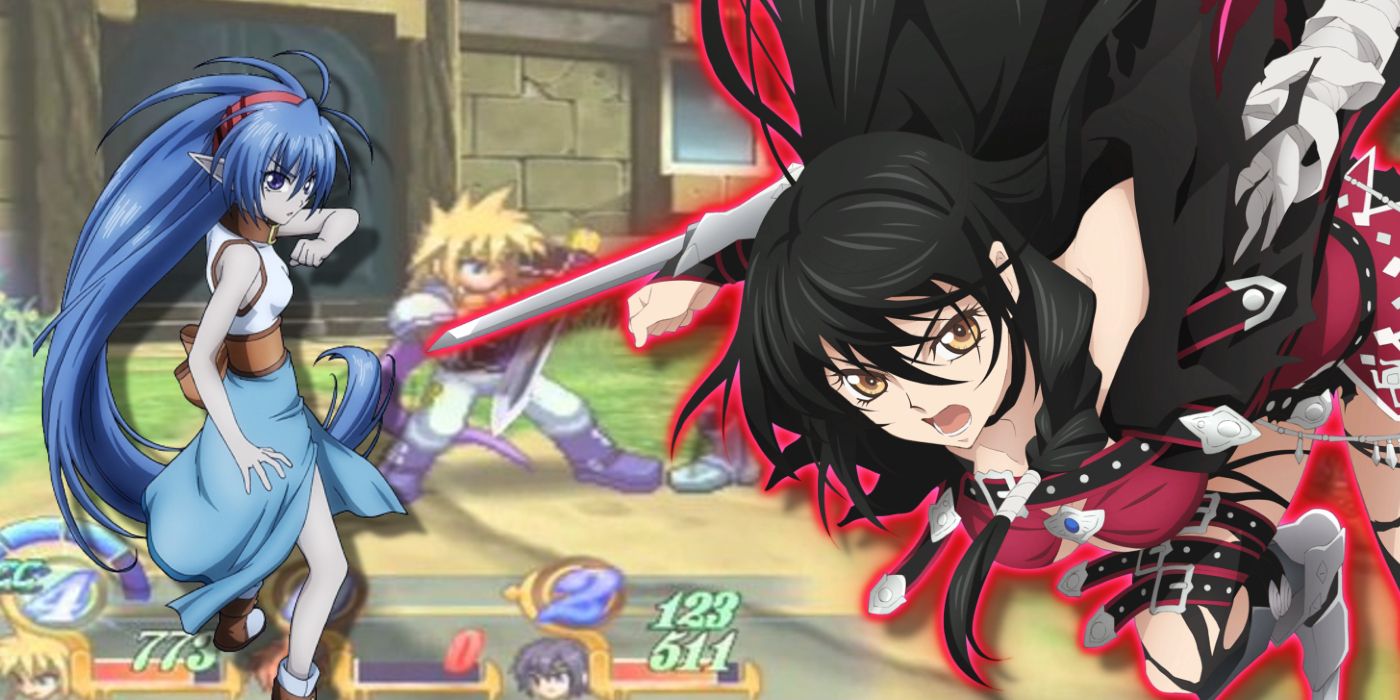
Next to Final Fantasy and Dragon Quest, the Tales of series is the most popular RPG franchise in Japan. It’s been around since 1995 and has amassed a dedicated following in the West with critical and commercial hits like Tales of Symphonia, Tales of Vesperia, and Tales of Berseria.
RELATED: Tales Games You Need To Play Before Tales Of Arise
It’s the combat system in the Tales series that sets it apart from its turn-based rivals. The combat system uses a real-time combat system that shares many similarities to arcade beat-em-ups like Street Fighter and Powerstone. Each game in the series uses a variation of the series’ patented Linear Motion Action System. With the next title, Tales of Arise promising to shake up the formula even more, fans are looking back at previous titles to see their favorite parts of their combat systems.
10 Tales Of Destiny
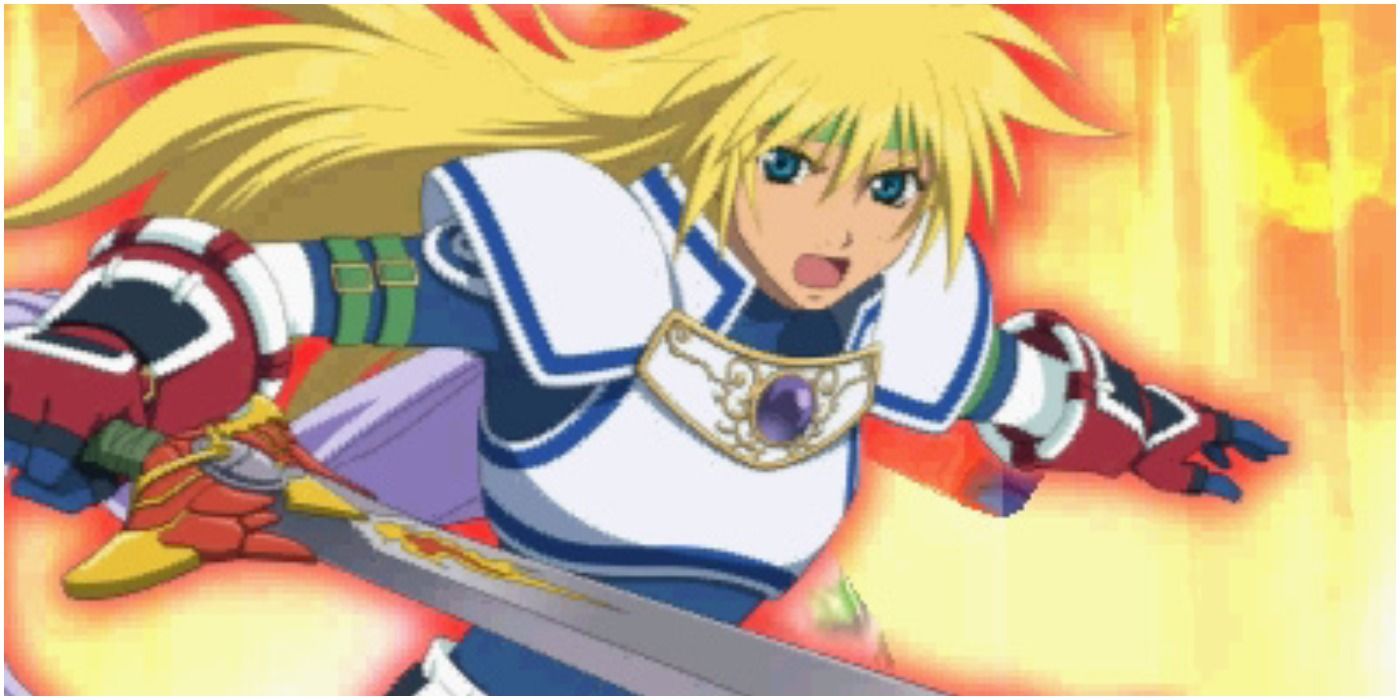
Released on the PS1, Tales of Destiny launched in North American territories in 1998. It was the follow-up title to Tales of Phantasia but it was the first title in the Tales of series to be released in the West.
It featured an updated version of the “Linear Motion Battle System” from the first game. Its real-time fighting system was revolutionary for JRPGs at the time. Back then it was more common for JRPGs to use a turn-based combat system but Tales of Destiny’s played like a 2D fighting game.
9 Tales Of Eternia
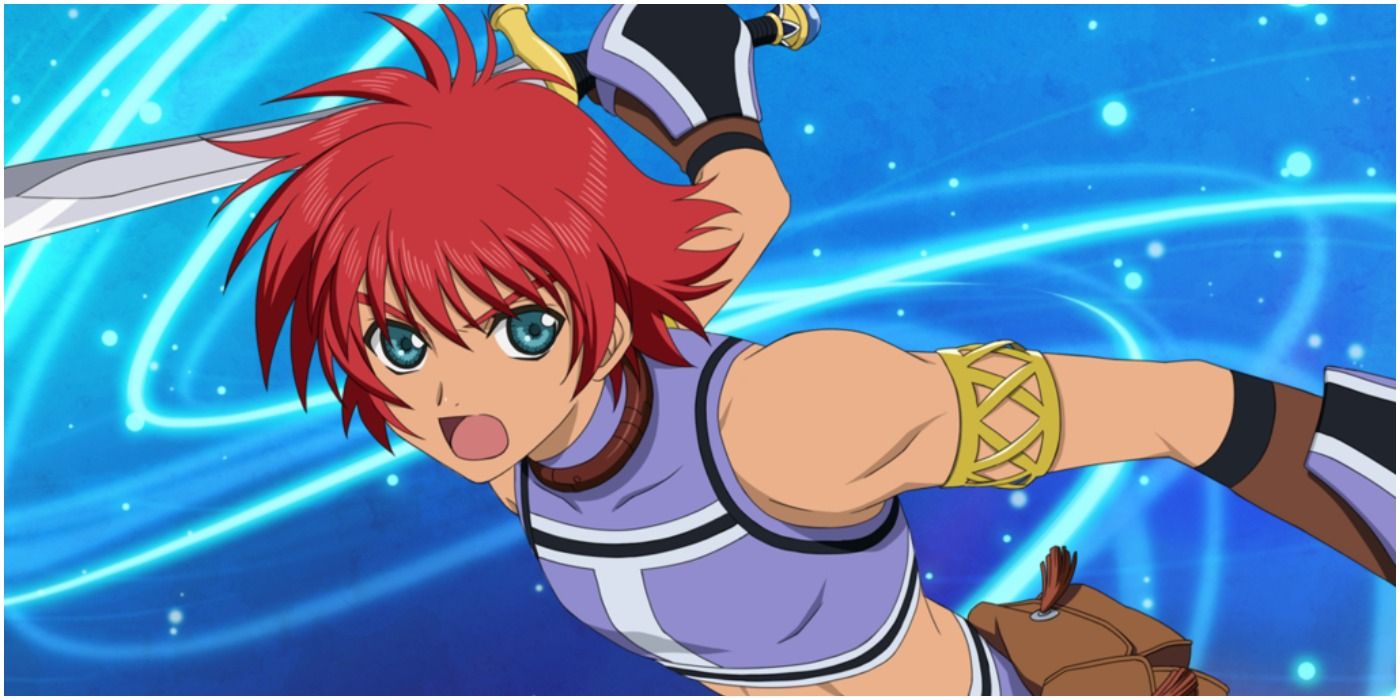
Originally released in North America as Tales of Destiny II, Tales of Eternia was released on the PS1 in 2001. The combat system plays the same as its predecessor where it allows the player to have a lot of control of the player’s teammates.
The fighting system did, however, feel slightly faster than its predecessors. Landing combinations are extremely satisfying to pull off, especially when players can connect with more than 50 hits at a time.
8 Tales Of Symphonia
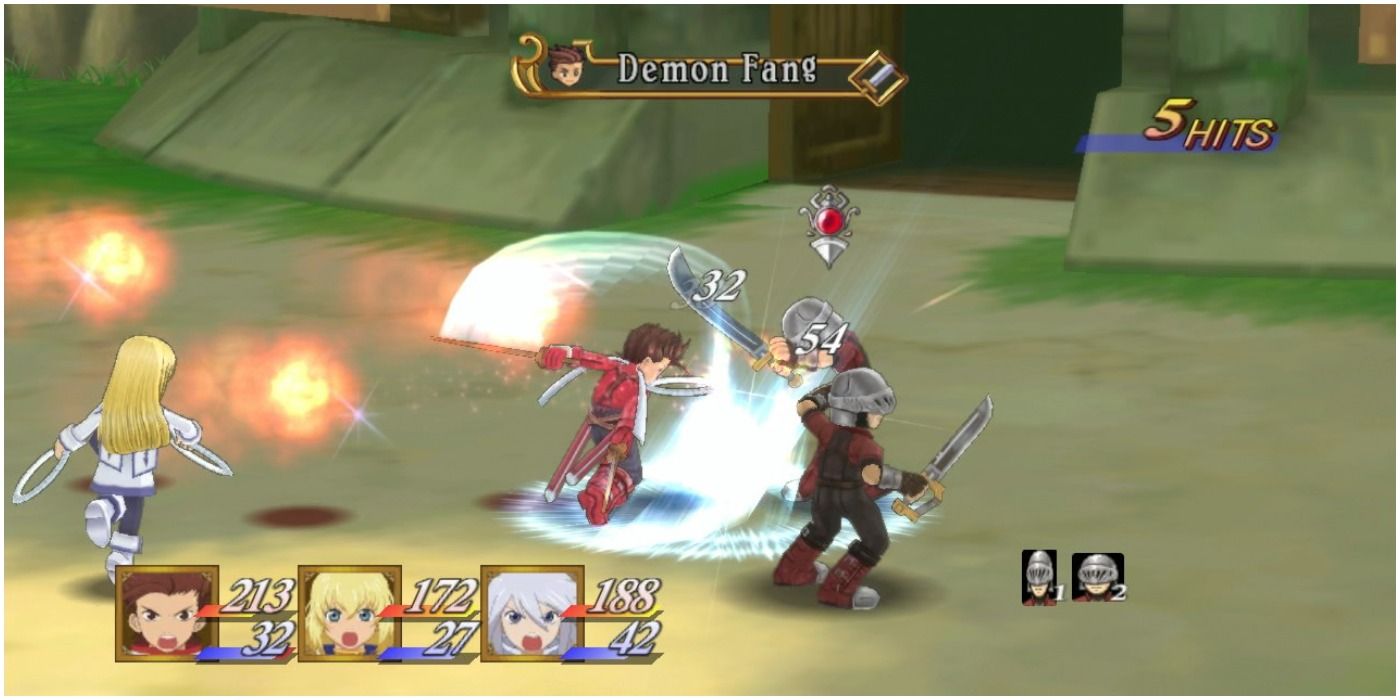
Originally released for the Nintendo GameCube in 2004, Tales of Symphonia was remastered together with its sequel Tales of Symphonia: Dawn of the New World on the PlayStation 3 in 2013. It was the first game in the series to implement a 3D battle arena which helped take the series’ fighting system to the next level.
RELATED: RPGs With The Deepest Lore, Ranked
Tales of Symphonia uses the Multi-Line Linear Motion Battle System, a huge step for Western that used Tales of Destiny and Tales of Eternia’s 2D fighting system. Players could move the characters around the 3D space from point to next in a linear fashion to gain the upper hand on the enemy. Symphonia uses a team-based “Unison Attack” system where players would fill up their Unison Gauge and execute it when full. Symphonia also introduced the “Over Limit” mechanic that allows specific characters to active special Artes, buffs, and attacks.
7 Tales Of Xillia
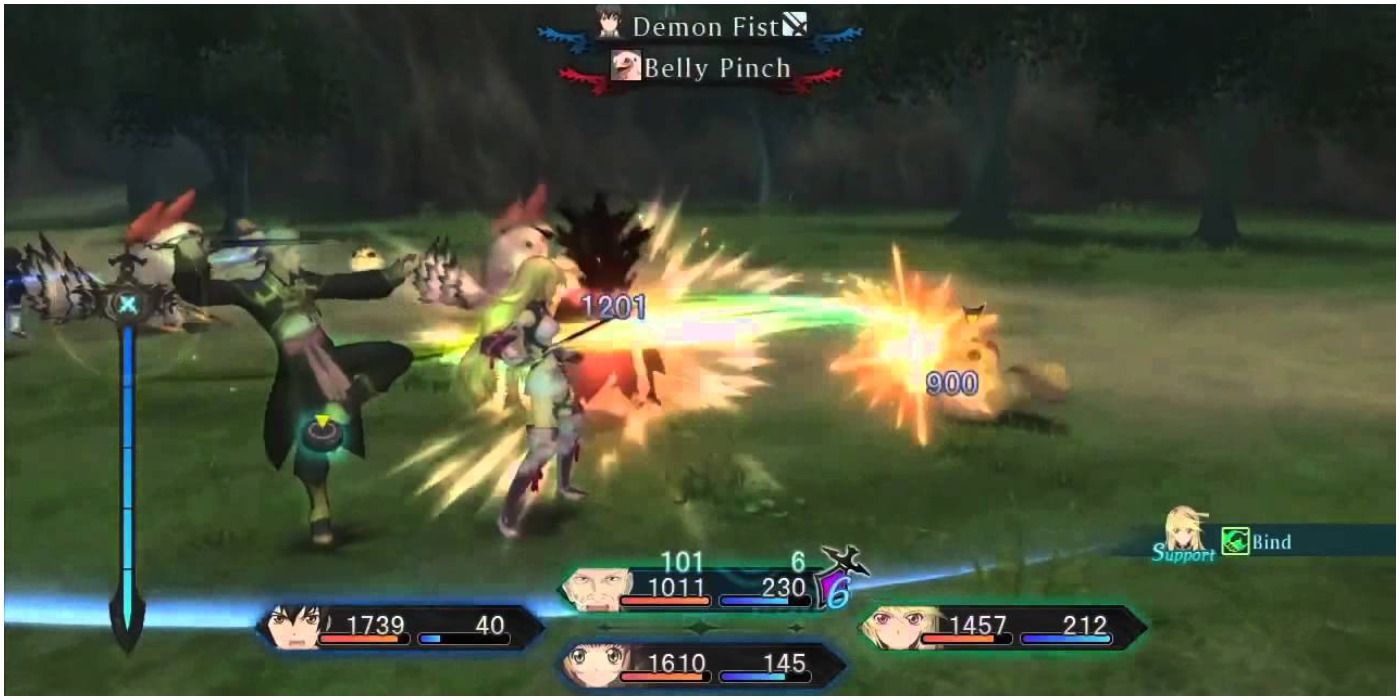
Released in North America on PlayStation 3, Tales of Xillia is the first game in the series to give the player a choice between two protagonists with Jude and Milla. Both characters have their own unique fighting style, and Xillia’s combat was the flashiest system to date.
Tales of Xillia uses the Dual Raid Linear Motion Battle System. This allows the characters in reserve to replace party members during battle. Xillia’s combat allows the characters to attack enemies with powerful linked Artes sharing the benefits of Over Limit buffs.
6 Tales Of Hearts R
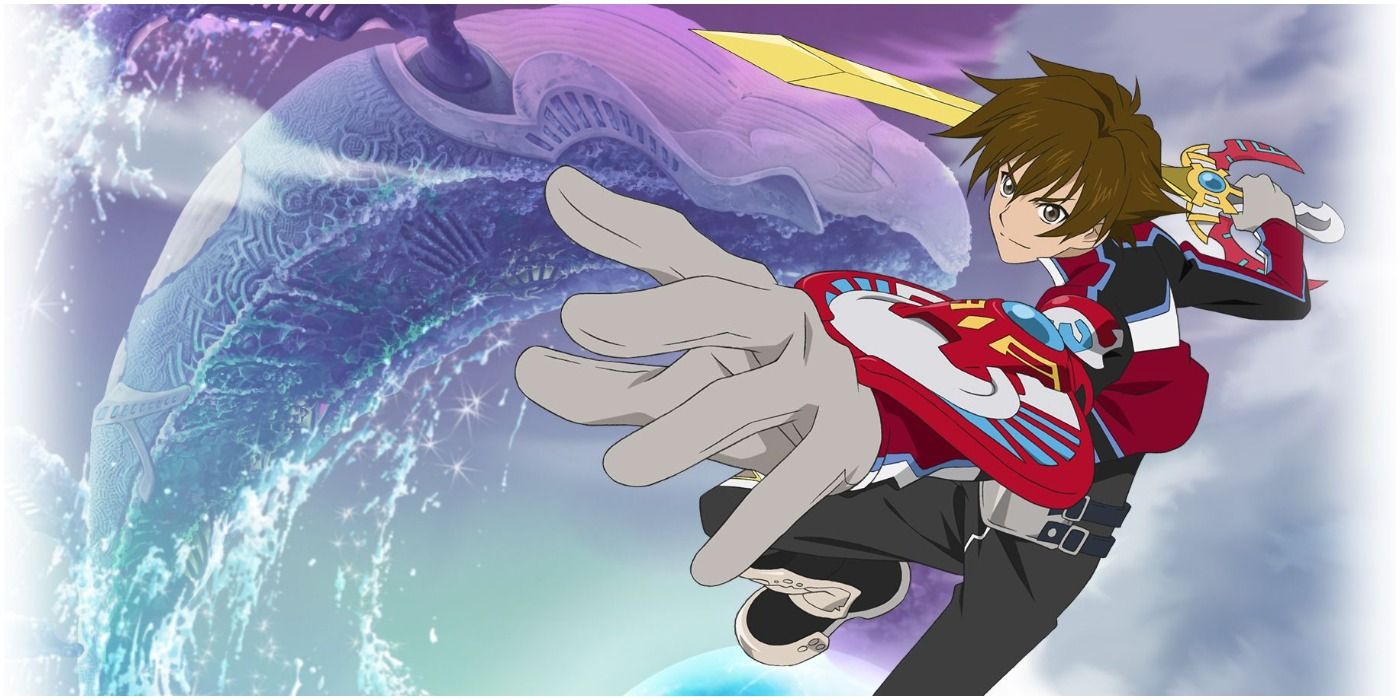
Released in 2014 for the PlayStation Vita, Tales of Hearts R is a remake of the Nintendo DS original that was only released in Japan. The game features updated visuals, audio, and built upon the original title’s story.
Tales of Hearts R’s combat is designed around the Aerial Chase Linear Motion Battle System. This system allowed players to hit their opponents in the air and continue to land combos. Furthermore, the player's chosen character can initiate a Cross Chase finishing attack with an ally in battle.
5 Tales Of Xillia 2
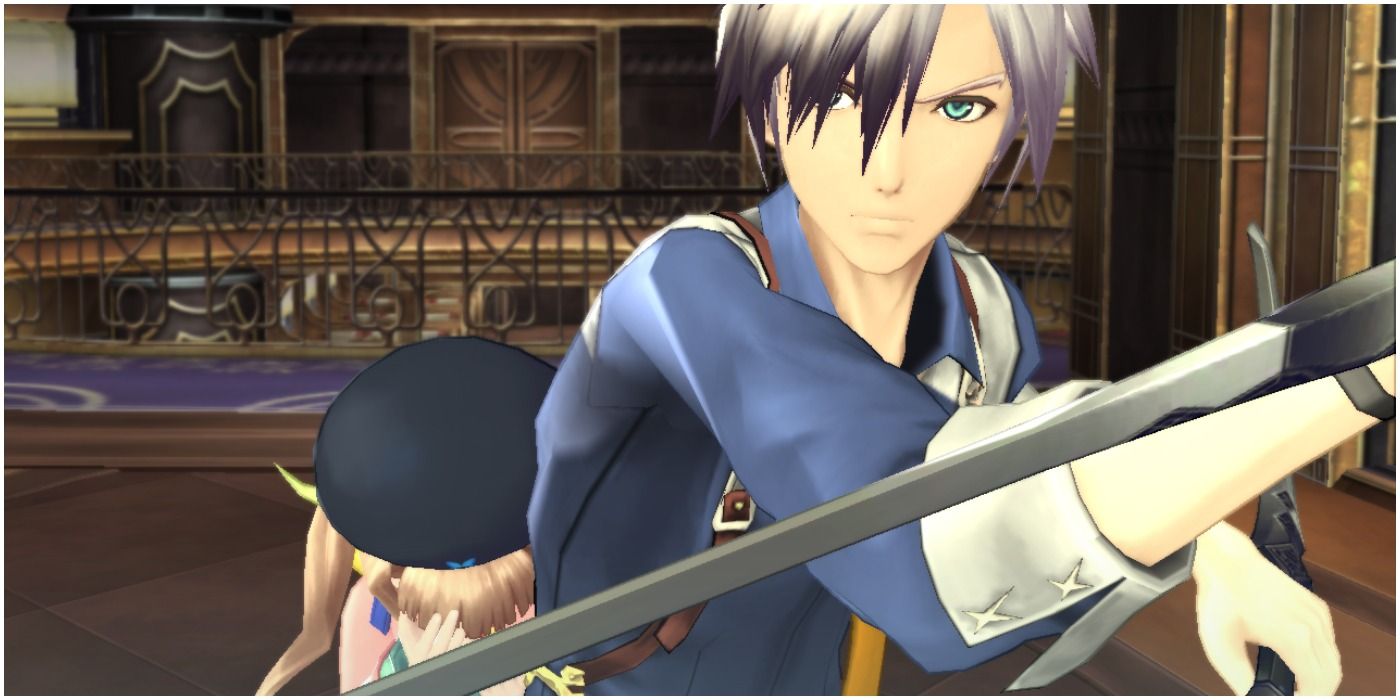
Released as a follow-up to Tales of Xillia in 2014, Tales of Xillia 2, like its predecessor was released on the PlayStation 3. Unlike other games in the series, Xillia 2 featured a silent protagonist and choice-based mechanics that have an impact on the story.
RELATED: JRPGS in Dire Need Of A Remake
The combat in Xillia 2 is known as the Cross Dual Raid Linear Motion Battle System. It's an improvement on the first game’s system as it allowed for more linked Artes between allies. It also introduced the Chromatus mode which is unique for the protagonist, meaning he can change his form becoming more powerful for a limited time.
4 Tales Of Berseria
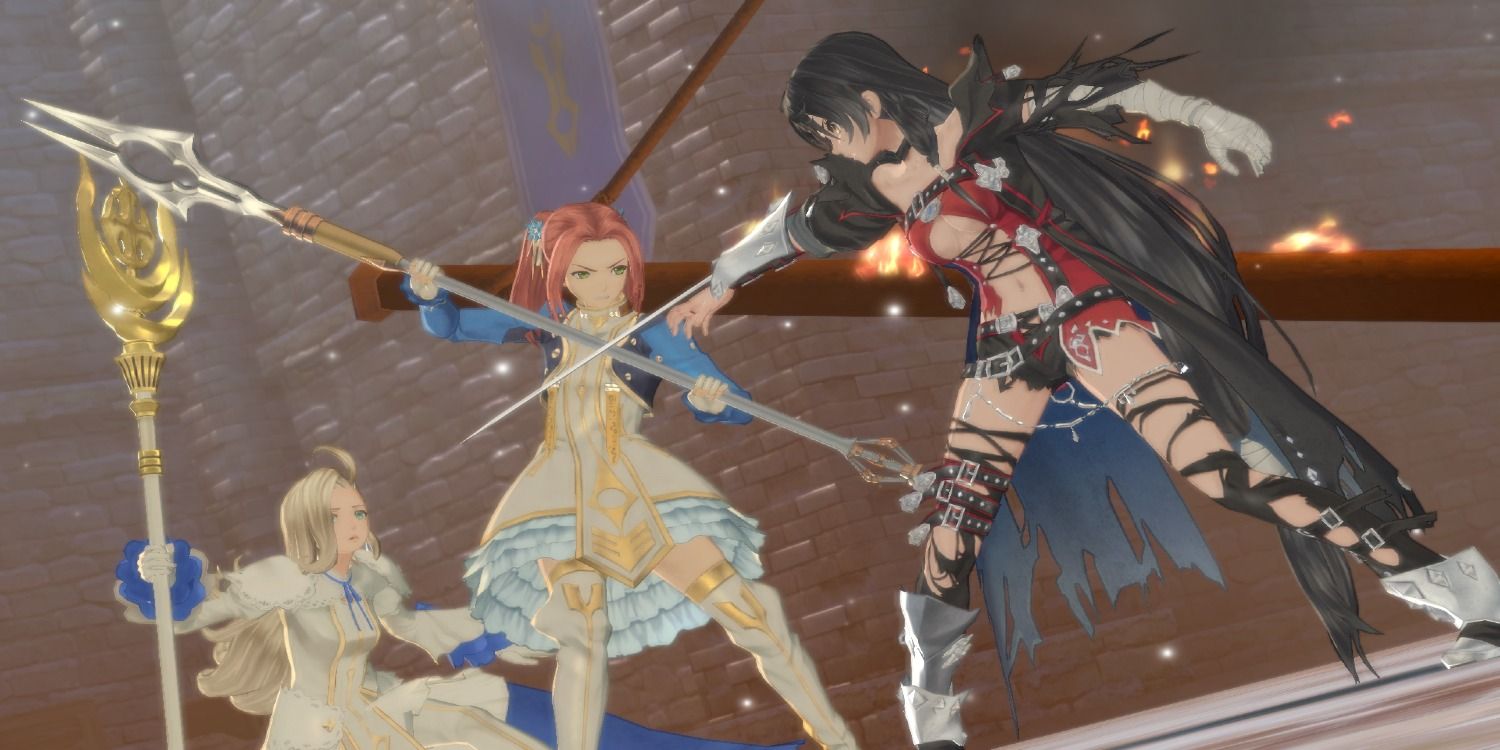
Released in 2017 for the PlayStation 4, Tales of Berseria was released as a prequel to Tales of Zesteria which was released two years prior. It was considered a major improvement over its predecessor by featuring better characters, a compelling storyline, and a responsive battle system.
Tales of Berseria’s combat is referred to as The Liberation-Linear Battle System. Mechanically, it's similar to Tales of Zesteria while using the systems from the highly praised Tales of Graces f. The characters can move freely on the battlefield, and Artes can be mapped to the face buttons at the player’s choice. Switching characters is also encouraged, allowing players to seamlessly select the best fighter to target enemy weaknesses.
3 Tales Of The Abyss
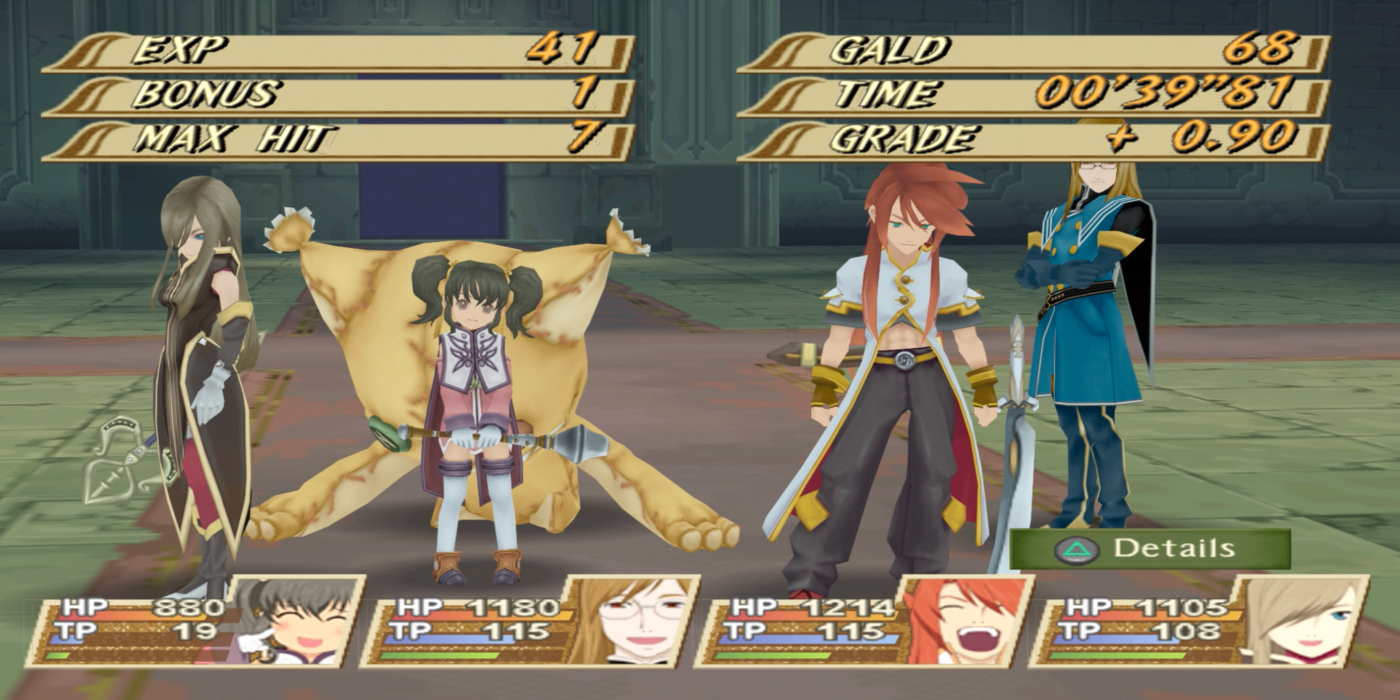
First released in 2006 for the PlayStation 2, Tales of the Abyss was also ported to Nintendo 3DS in 2012. It is still considered a huge fan favorite in the Tales series because of its story, characters, setting, and evolution of the combat system first introduced in Tales of Symphonia.
Tales of the Abyss features the Flex Range Linear Motion Battle System. It’s very similar to Symphonia’s but instead of the characters being limited to moving around the arena in strict lines, Abyss features the Free Run ability. This means that the characters can move freely within the 3D space attacking at will.
2 Tales Of Vesperia
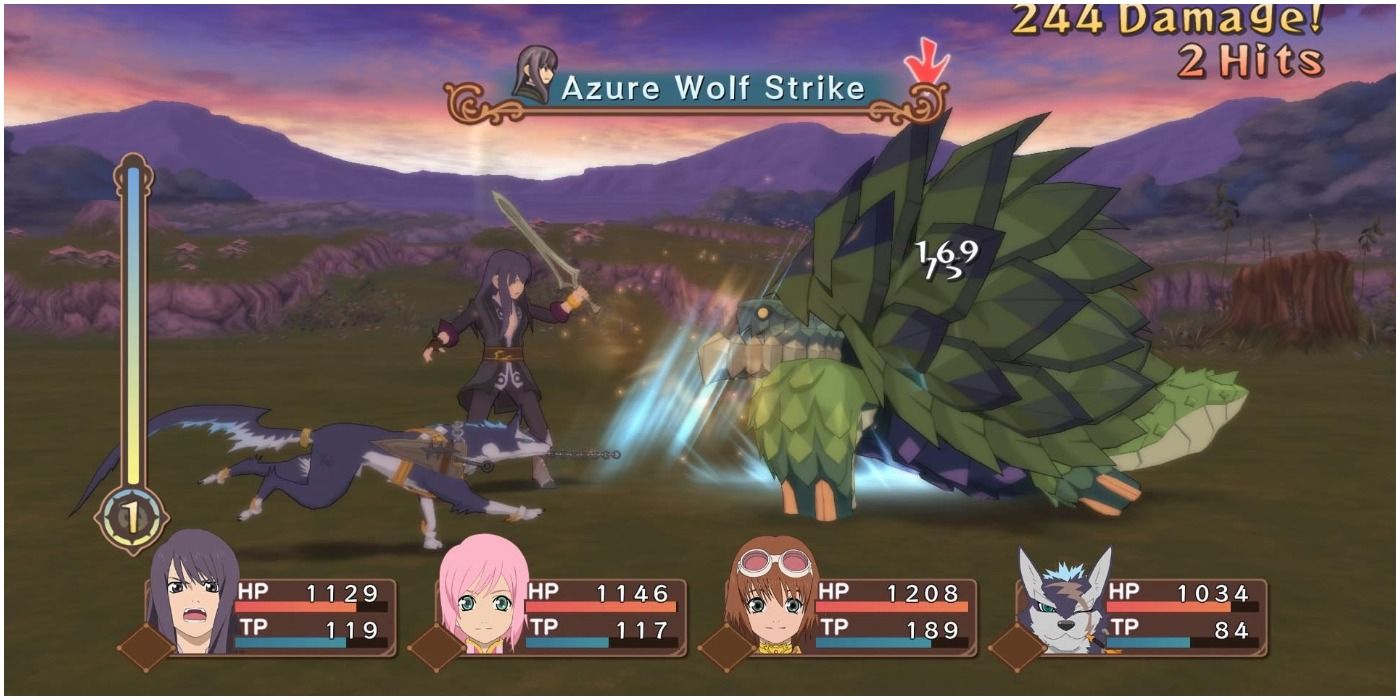
First released on the Xbox 360 back in 2009, Tales of Vesperia was remastered and released again in 2019 for the Xbox One, PS4, PC, and the Nintendo Switch. It’s one of the Tales series most popular titles thanks to its charismatic lead, charming cast, and enjoyable story.
However, its combat system’s simplicity makes it one of the best in the series. It isn’t as flashy as Tales of Berseria but the Evolved Flex-Range Linear Motion Battle System is more accessible. Now, players can jump into combat without a heavy learning curve without feeling lost in its system of Artes and magic.
1 Tales Of Graces F
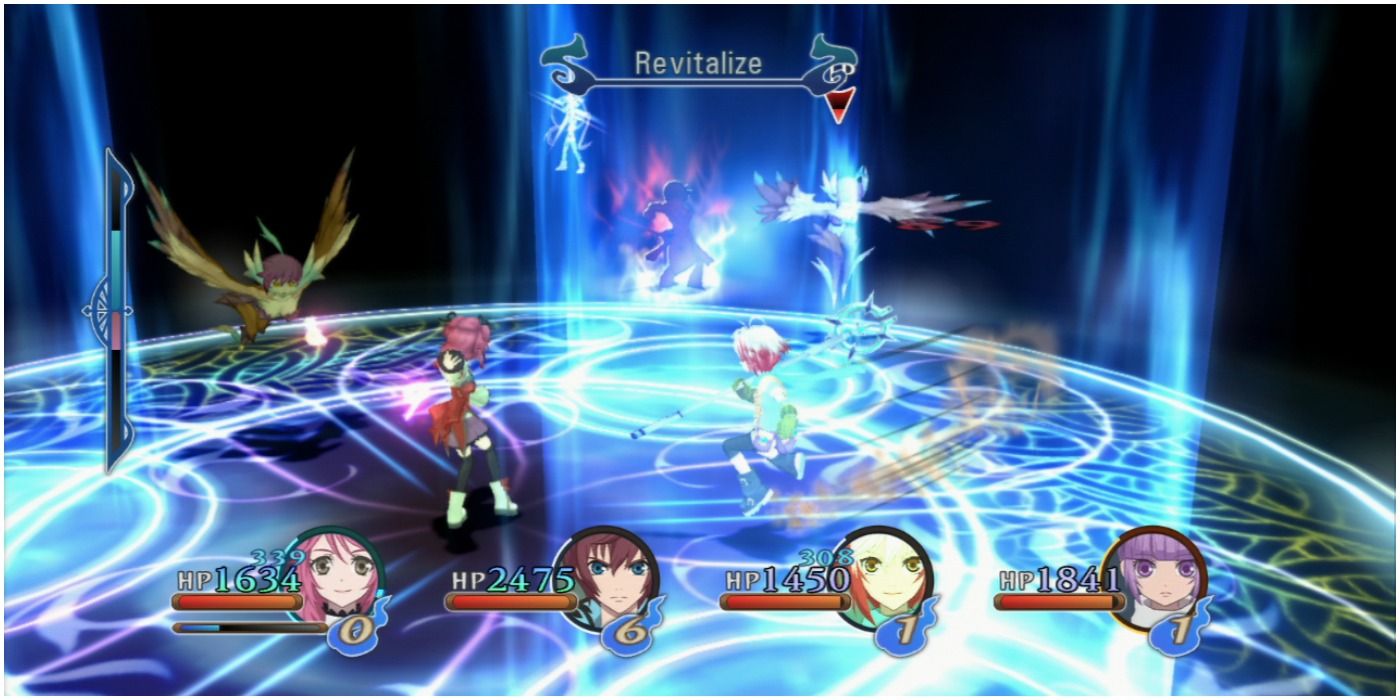
Released in 2012 for the PlayStation 3, Tales of Graces f is an enhanced port of the Nintendo Wii original that launched exclusively in Japan two years prior. It may not have the most compelling narrative when compared to Tales of Vesperia but the combat system is something special.
Tales of Graces uses the Style Shift Linear Motion Battle System and it’s a system that is both accessible and stylish. It’s also a system that forces the player to think on the fly and properly time their attacks, dodges, and blocks. The player’s team needs to exploit their opponent's weaknesses using two systems called the Burst Shift and the Assault Shift.

